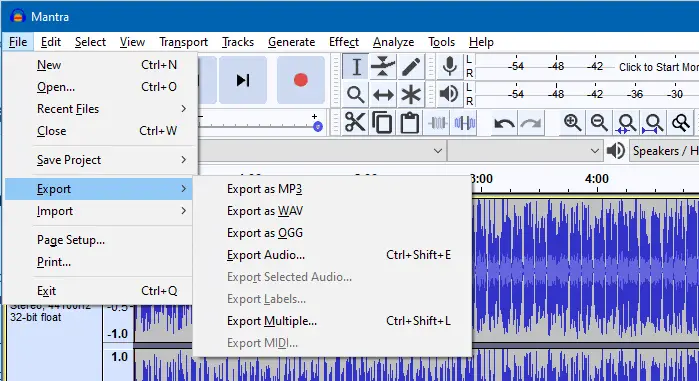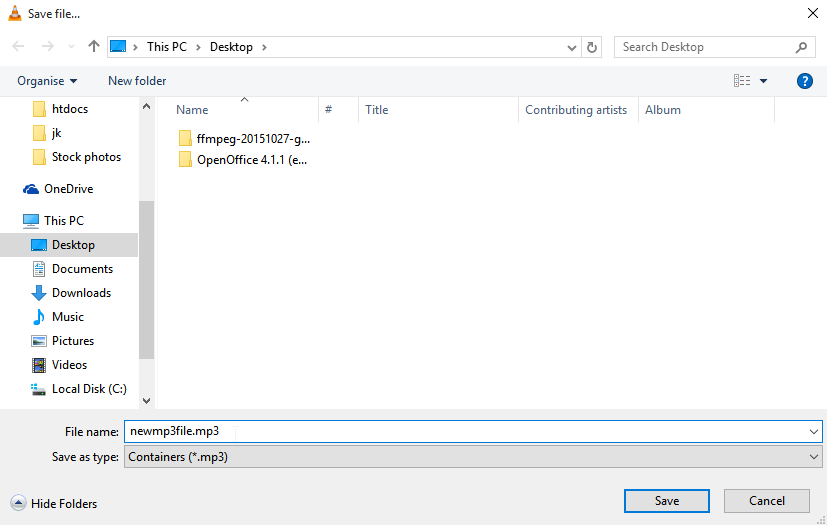

In this tutorial, we do not use the terminal commands directly for employing the FFmpeg with NVENC support. In this tutorial, the main goal is to show how to extract audio from video with GPU-accelerated libraries in Linux. Moreover, the NVENC programming guide can be found here. documentation on NVENC can be found here.

The full documentation of FFmpeg integrated with NVIDIA can be found at here. In order to be able to utilize this GPU-accelerated encoder, FFmpeg must be installed with NVENC support.

The latest NVIDIA GPUs contains a hardware-based video encoder called NVENC which is much faster than traditional ones. In order to encode the video, certainly, a video encoder must be used. IntroductionįFmpeg is one of the most famous multimedia frameworks which is widely used for processing videos. For similar posts about video processing, please refer to Resizing a video is unbelievably fast by GPU acceleration and GPU-based video rotation FFmpeg. The full code is available in this GitHub repository. In this command -i Used to specify the path and file name of the input video, -vn Skip the inclusion of the video stream, and -acodec copy Used to copy the original audio (without re-encoding).This tutorial deals with audio extraction from video using GPU accelerated libraries supported by FFMPEG in Ubuntu. Replace myvideo.mp4 With video file name / path, and audio.ogg And the name and extension to be used for the audio output file name. Now that you know the original audio format, you can use the following methods to extract audio from the video without re-encoding:įfmpeg -i myvideo.mp4 -vn -acodec copy audio.ogg You might also like: How to download a YouTube playlist and convert it to MP3 using youtube-dl (command line) Stream #0:1(eng): Audio: vorbis, 44100 Hz, stereo, fltp (default)


 0 kommentar(er)
0 kommentar(er)
